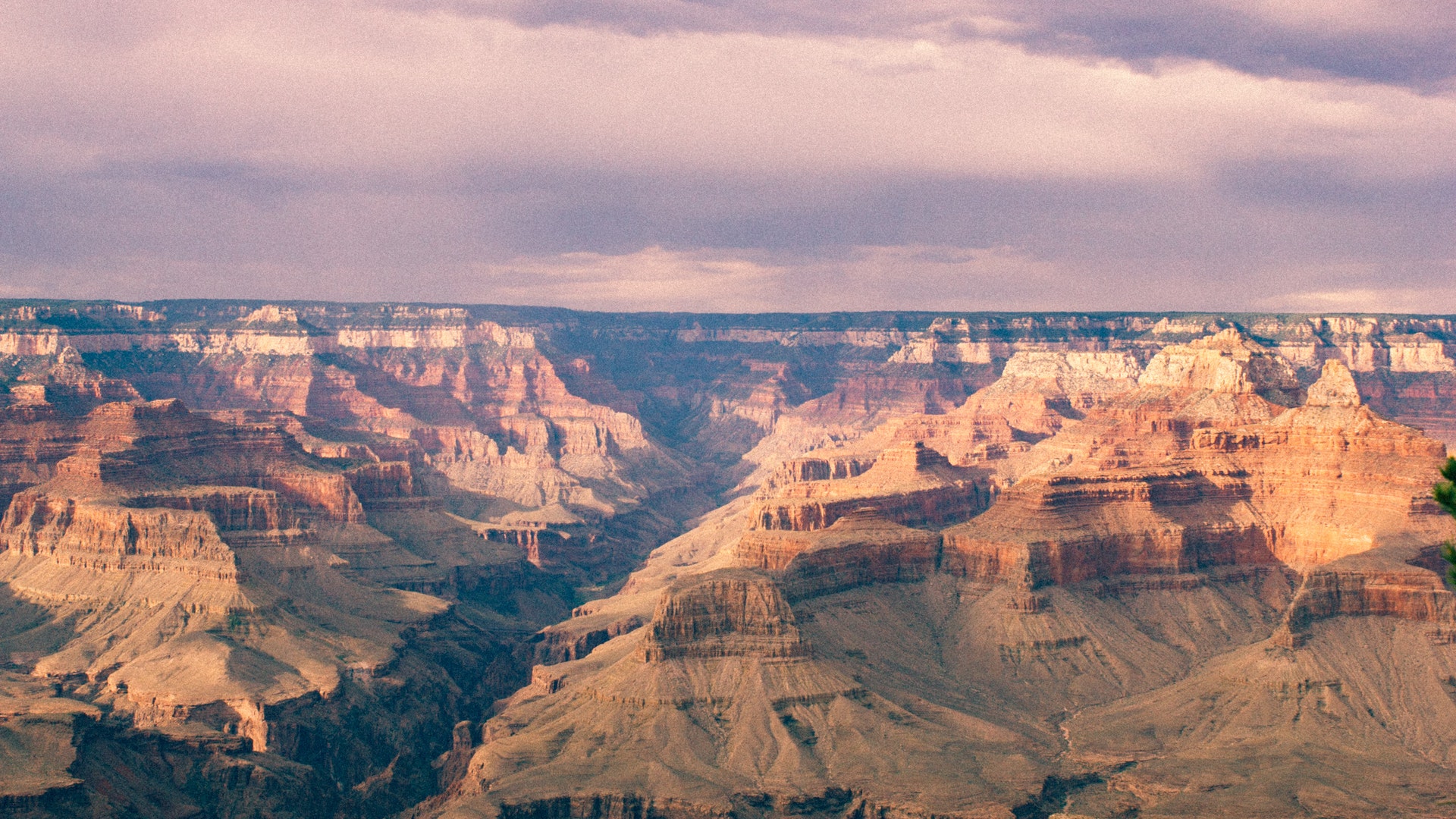The Solar System
The solar system is made up of the Sun and many smaller objects, including planets and their moons, asteroids, comets, and other objects. It also contains the Kuiper Belt, which is a collection of icy bodies that orbit outside our solar system.
The entire solar system formed about 4.6 billion years ago from the collapse of an enormous cloud of gas and dust. This cloud eventually turned into our Sun and the nine planets in our solar system.
The Sun
The Sun is the center of our solar system and the primary source of heat and light that makes life possible on Earth. It is a massive star that emits heat and light in many different wavelengths, including UV, X-rays, and gamma rays.
The core of the sun is very hot and dense, a result of its enormous gravity, which causes temperatures to reach 15 million degrees Celsius (27 million degrees Fahrenheit). This pressure and temperature allows the fusion of hydrogen atoms into helium in a process called nuclear fusion.
About three quarters of the sun’s mass is hydrogen, constantly fusing together by this process. About 1.69 percent is made up of other gases, such as iron and nickel.
The Planets
The Solar System contains eight planets–Mercury, Venus, Earth, Mars, Jupiter, Saturn, Uranus and Neptune–plus moons, asteroids, comets and a vast reservoir of interplanetary dust.
The four inner planets are rocky (Mercury, Venus, Earth and Mars) while the gas giants, Jupiter and Saturn, are composed mostly of hydrogen and helium. The ice giants, Uranus and Neptune, contain mainly elements heavier than these.
Our own planet, Earth, is the largest rocky body in the Solar System and is unique among the planetary kin because of its mosaic of mobile plates that help to recycle volatiles back into the interior and regulate planetary temperature. The outer planets are composed of icy materials, notably water and other ice-forming molecules, such as methane. These icy objects are known as the Kuiper Belt, a region that extends far beyond the orbit of Neptune.
The Moon
Earth’s only natural satellite, the Moon is a dusty, airless place dotted with craters and dark, flat plains of solidified lava called maria (MARR-ee-ah). The Moon appears bright in the night sky because it reflects light from the Sun.
It takes 27 Earth days for the Moon to complete one orbit around Earth. This is called a synodic month.
The Moon is also important to life on Earth, as it stabilizes the planet’s rotation on its axis and helps to produce tides. These tides move water from the oceans to the land and back again.
Many moons in the Solar System have their own distinct history, and astronomers study them to learn more about how they formed. They can help us understand how the Solar System’s major planets were born.
The Asteroids
Asteroids are the most important objects in the solar system for many reasons. For one, they are remnant debris from the formation of the planets.
They are also the source of carbon-based molecules and volatiles that may have played a key role in the early development of life on Earth. They are a rich source of minerals and volatiles that can be used for future space exploration, colonization, and energy production.
There are three major types of asteroids: chondritic (C-type), stony (S-type), and metallic (M-type). These asteroid types differ from one another by their compositions. Chondritic asteroids are made of clays and rocky materials, whereas stony and metallic asteroids are composed of silicate materials and nickel-iron.
The Comets
Comets are small space rocks that travel around the Sun in very elliptical orbits. They are mainly made of ice and dust that are very close to the Sun, sometimes just a few astronomical units away (that is, about 100,000 times the distance between Earth and the Sun).
When a comet gets closer to the Sun, it’s temperature increases and some of its ice sublimates into gas. This gives rise to a cloud of escaping atmosphere called a coma. This coma can be very large, as can the comet’s tail. The coma can also be very dark.


